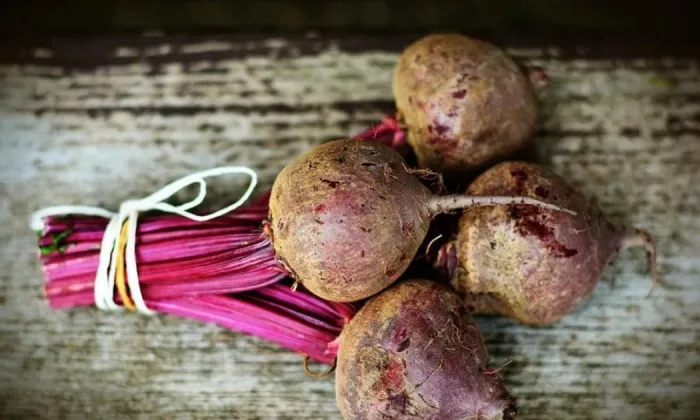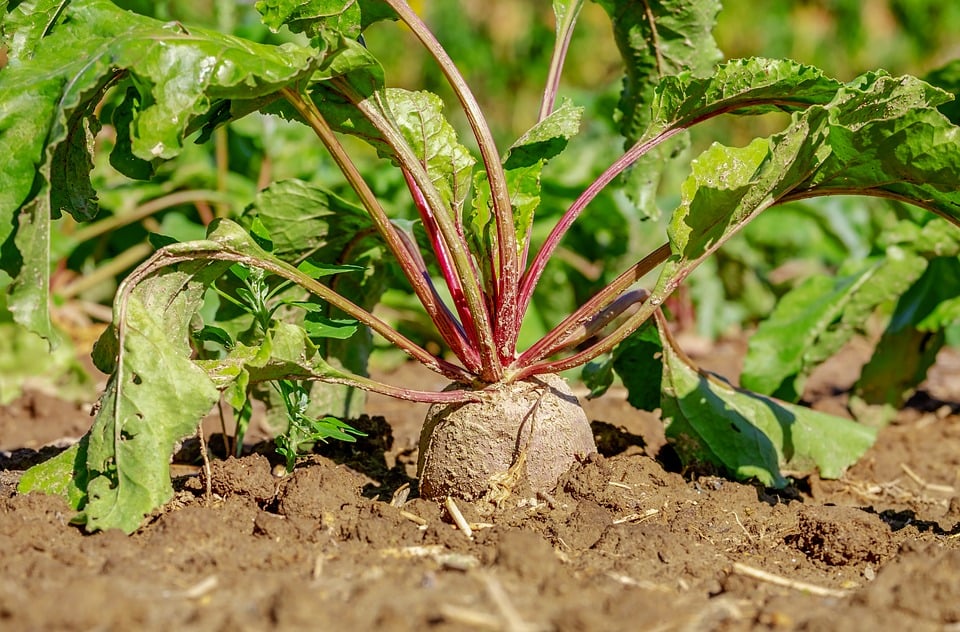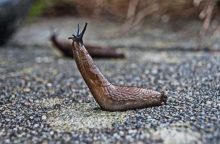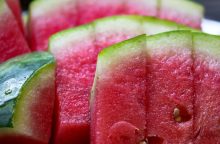Beetroot growing tips

Beetroot is a pretty common crop and you can often see it in Czech gardens. It is mainly because of its tasty roots, but also because it grows easily and the harvest comes soon after planting. Did you know that you can also eat its green leaves? Yes, you can add leaves to salads and spreads. Beetroot grows well from seeds – even if the wheatear is rather cold (beetroot can handle temperatures close to freezing). There are many types of beets, some are deep red or purple, but yellow, white or even brindled varieties and different shapes are also common.
When is the best time to start sowing?
You can start sowing beets from mid-April to the end of May, but if you want to store your harvest, you may also grow beetroot at any time during June. Just make sure that the daily temperatures do not exceed 24 °C. Germination takes place in soil that has reached at least 10 °C and lasts from 5 to 8 days, but if the soil is cooler, the germination process may last from 2 to 3 weeks. You may accelerate germination if you soak seeds in water for 24 hours before sowing.

Location
Choose a spot full of sun. Beetroot will definitely prefer a well-prepared and fertile soil, but it can also deal with an average to low-quality soil. To make sure that beetroot develops properly, make sure there are no stones or other coarse obstructions in the soil. The ideal pH is between 6.0 and 7.0, and if you decide to fertilize, choose a low nitrogen fertilizer, because high nitrogen content will make leaves to grow too much at the expense of the root.
Sowing beets
Sow beet outside, because if you pre-grow at home you could disturb the roots of seedlings when transplanting and you do not want that. Beetroot can actually tolerate transplanting but only when young and it can also deal with cold weather, so there is no need to pre-grow it at home. Sow seeds about 1 centimetre deep at a distance of 2.5 to 5 cm from each other. The rows should be approximately 30 to 40 centimetres apart and cover the seeds with a thin layer of soil.
Correct thinning
Each beet “seed” is actually a cluster of 2 to 4 seeds, so start thinning once the seedlings are about 10 centimetres tall. Do not pull out individual seedlings as this could disturb the roots of the seedlings that you want to keep. Instead cut off the seedlings you do not want – you can eat the seedlings so do not throw them away!
Moisture is important
Keep the soil around beets moist – water regularly. You can also use mulch as this is a great way to keep moisture in the soil and suppress weeds. If you need to remove weeds, be careful not to disturb the roots – as with thinning (especially if seedlings are young).
Harvest
You can harvest beets when they reach the desired size (harvest also depends on the type of beet you have), which can range from the size of a golf ball to really large beets. But keep in mind that large roots can be woody and less tasty. Disturb the soil around the beets gently and pull the beets out of the ground.
Preview photo: Pixabay

Gardening is my hobby, I have a lot of experience and I am happy to share it.








0 comments